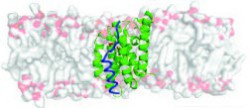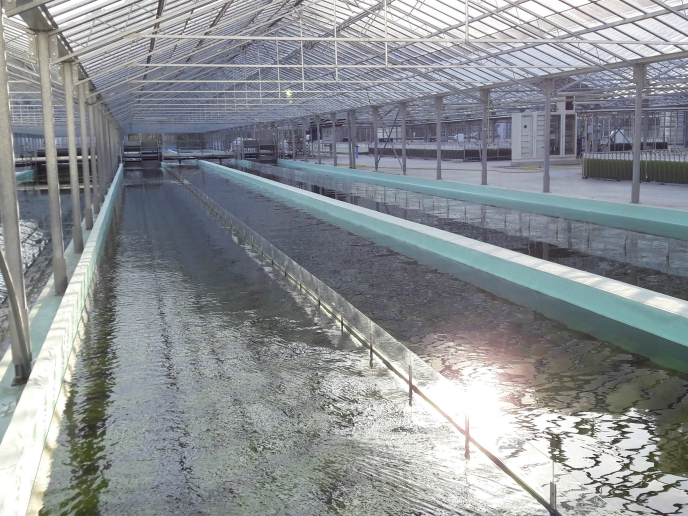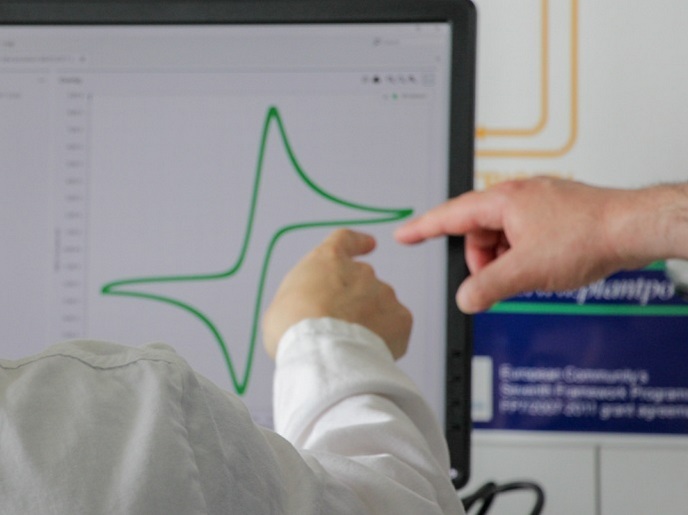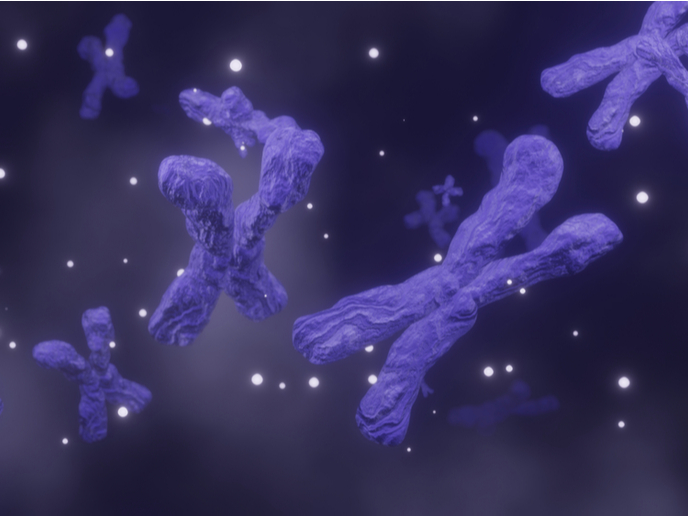Rhomboid protease mechanism of action unveiled
Proteins of the rhomboid family of intramembrane proteases are known for their important biological functions including intercellular signalling, mitochondrial dynamics and invasion of eukaryotic parasites. However, little is known regarding the mechanism of function in mammals and bacteria despite recent data on the crystal structures of prokaryotic intramembrane proteases. This is mainly due to lack of information on rhomboid protease-substrate complexes. To shed light into the function of these enzymes, scientists of the RHOMBOID SUBSTRATES project investigated their natural substrates using a combination of advanced substrate specificity analysis, quantitative proteomics and genetics. The identified substrates helped the consortium uncover the mechanisms underlying the biological function of certain rhomboid proteases in human epithelial cells as well as in model bacteria. Novel substrates help delineate rhomboid substrate mechanism of action Work on E.coli and B.subtilis rhomboid proteases revealed that they ensure quality control of membrane proteins, akin to the ER-associated degradation known from eukaryotic cells. With respect to mammalian rhomboid proteases, efforts focused on RHBDL2, one of the four known enzyme homologues that localise in the secretory pathway. RHBDL2 localises to the plasma membrane where it functions as a secretase by catalysing the proteolysis of cell surface transmembrane proteins. Researchers used quantitative proteomics to identify the repertoire of RHBDL2 substrates. They studied various novel molecules that are specifically cleaved by RHBDL2, including the interleukin-6 receptor, the cell surface protease inhibitor Spint-1, the collagen receptor tyrosine kinase DDR1, N-Cadherin, and others. Interestingly, these substrates exhibited high specificity as they could only be cleaved by RHBDL2 and no other rhomboid paralogs. The team uncovered the basic principles of substrate recognition by rhomboid proteases and solved the first ever structure of a complex of an intramembrane protease with substrate-derived peptides. ‘This enabled us to devise novel, highly sensitive and versatile activity assays, and, more importantly, led us to discover a new class of rhomboid protease inhibitors that are unprecedentedly potent and selective and have a clear rationale of how to modify their selectivity’ project co-ordinator Prof. Strisovsky explains. The identified compounds constitute the first tools for studying the biological function of rhomboid proteases but may also serve as pharmaceutical inhibitors of these enzymes. Clinical significance of rhomboid proteases The clinical significance of rhomboid proteases is only beginning to emerge. ‘Analysis of the gene expression of RHBDL2 and our most rigorously characterised substrates highlights that they are highly expressed in epithelia of the skin, airways and digestive tract and exhibit changes in their expression under similar pathological conditions,’ Prof. Strisovsky continues. Some of the identified substrates seem to contribute to the maintenance of epithelial homeostasis, a complex process that requires regulation of cell adhesion, migration and sensing of the extracellular environment. Given that impaired epithelial homeostasis is a characteristic of a number of diseases such as cancer, inflammation and fibrosis, rhomboid proteases may have a new therapeutic role. Additional examples of rhomboid proteases with clinical potential include the Plasmodium falciparum homologue PfROM4. Required for the infectivity of the parasite, its inhibition may have antimalarial effects. Furthermore, the human mitochondrial rhomboid protease PARL functions as a negative regulator of mitochondrial degradation. Since the pathogenesis of Parkinson's is associated with the accumulation of damaged mitochondria, boosting mitochondrial autophagy by inhibiting PARL may have neuroprotective effects. Overall, the findings and deliverables of the RHOMBOID SUBSTRATES project advance existing knowledge and improve our ability to understand the physiological roles of these important enzymes.
Keywords
Rhomboid protease, RHOMBOID SUBSTRATES, RHBDL2, epithelial homeostasis, PfROM4, PARL







